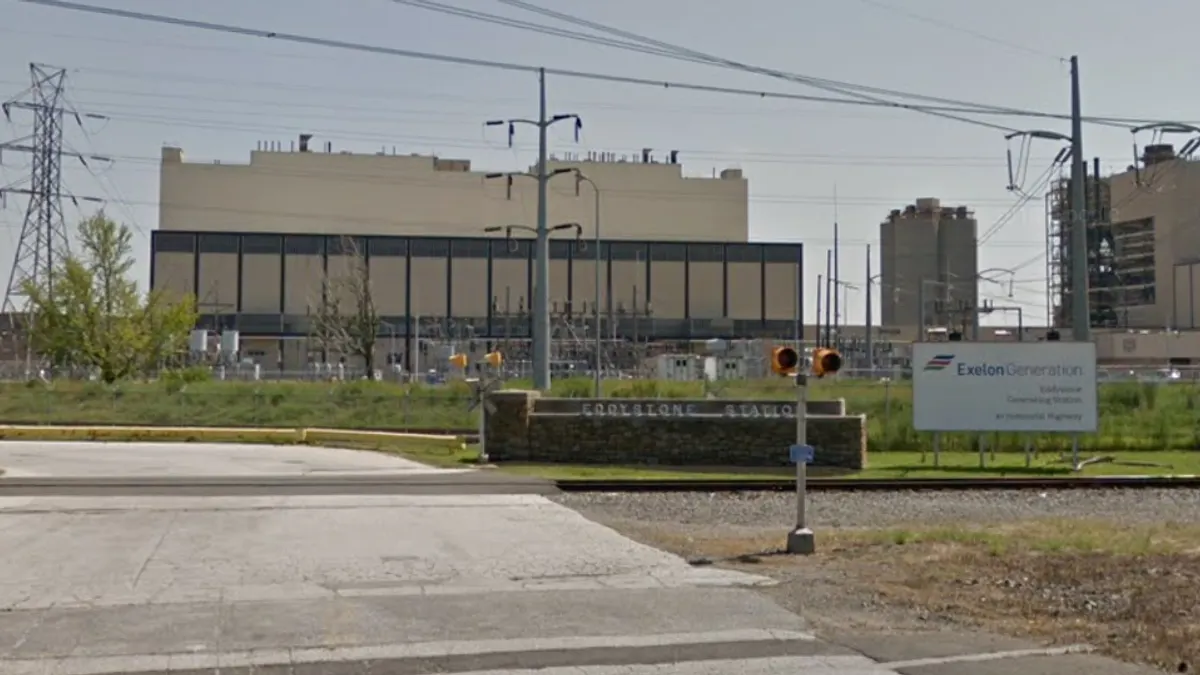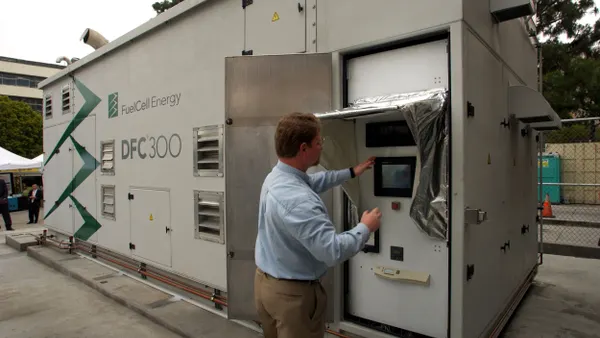Dive Brief:
- The Federal Energy Regulatory Commission (FERC) issued a final rule to establish settlement interval and shortage pricing requirements for organized markets to address complaints by stakeholders that pricing signals don't accurately reflect immediate market conditions and endanger reliability.
- In the decision, FERC required wholesale organized markets to align settlement and dispatch intervals by settling transactions for real-time energy at the same time operators dispatch energy, settling transactions for operating reserves at the same time those reserves are priced, and settling intertie transactions at the same time they are scheduled.
- FERC also required wholesale markets to activate shortage pricing signals during a shortage of energy or operating reserves.
Dive Insight:
In 2014, FERC began evaluating price formation in wholesale markets, setting a series of technical conferences to discuss current market rules and operational practices. The finalized rule is the first step in a series of decisions designed to revise price formation, which aim to provide "correct incentives" for market participants in order to maintain grid reliability, make efficient investments in facilities and equipment and follow dispatch instructions.
As the power mix evolves, grid operators and other stakeholders in these markets need better incentives to ensure all resources are compensated at a price reflecting real-time market conditions. The swift growth of intermittent renewables on the grid has increased the need for other power supplies to react quickly to system fluctuations in real-time.
The Electric Power Supply Association, which represents generators, applauded the decision, saying it is the first of several reforms to ensure greater reliability.
"The final rule’s so-called ‘five-minute’ pricing provisions will compensate generators based on more granular, actual market conditions within an hour as opposed to paying an hourly average," the association said in a statement. "The new pricing approach is particularly important as the nation’s resource mix continues to change dramatically. Greater intermittent resources such as wind and solar require other resources to quickly respond to dispatch signals and do so flexibly to maintain reliability. This part of today’s final rule will increase transparency and compensate resources more appropriately going forward."
Some of the issues FERC is still evaluating include uplift payments, price caps to ensure price mitigation or ways to ensure resources bid into markets with prices consistent with their marginal costs, scaricity and shortage pricing fixes and operator actions.













